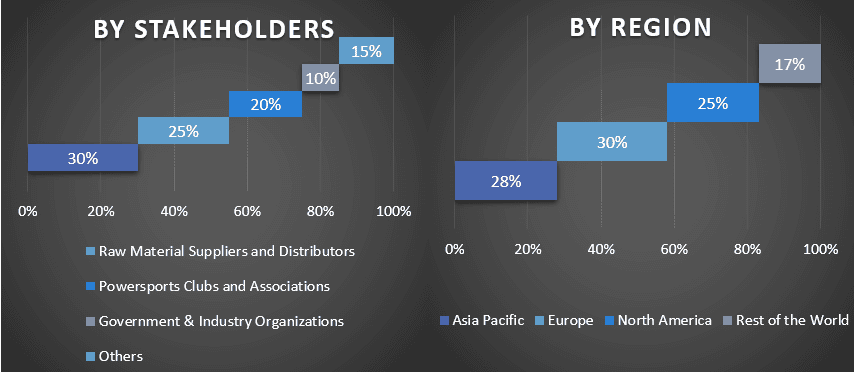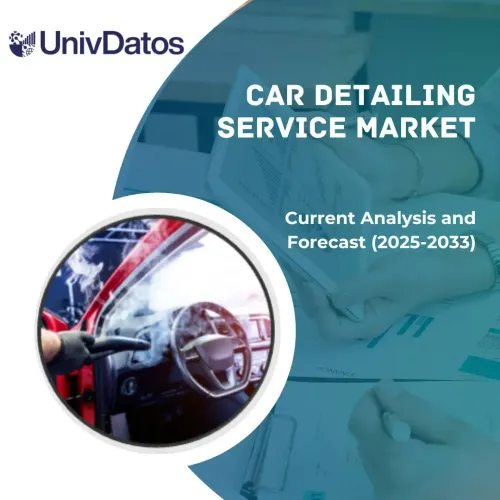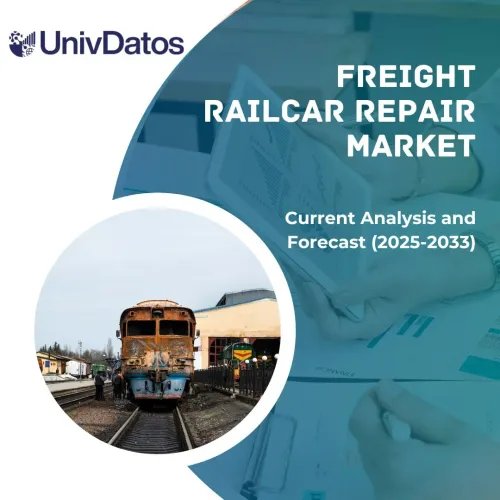- Home
- About Us
- Industry
- Services
- Reading
- Contact Us
Cars-As-A-Service Market: Current Analysis and Forecast (2022-2028)
Vehicle Type (Sports, Luxury, Multi Utility, and Economical Vehicle ); Propulsion eh Type (I.C Powered Vehicle and Electric Vehicle ); End User (Private and Corporate) and Region/Country.

Global Cars-as-a-Service is expected to grow at a significant rate of around 6% during the forecast period. A future automobile rental business known as “cars as a service” (CaaS) would enable city drivers to use ride-sharing services. Owners of smart devices can use an app to contact a driverless car to pick them up for transportation or delivery purposes. Due to rising spending in nations like China, India, and Brazil, the automotive sector is expanding. Because of their impulsive adoption of cutting-edge technology, these rising economies are continually expanding their spending. This rise in customer spending is a result of the automobile industry’s supplier-side business model, which also encourages the use of services like car-as-a-service. OEMs, dealers, and service providers provide a fleet of automobiles the Car-as-a-Service, a vehicle-sharing service.
AB Volvo, BMW Group, Daimler AG, Ford Motor Company, Hertz Global Holdings Inc., Hyundai Motor Company, Lyft Inc., SIXT SE, Uber Technologies Inc., and TOYOTA MOTOR CORPORATION are some of the key players in the market. Several M&As along with partnerships have been undertaken by these players to facilitate customers with hi-tech and innovative products/technologies.
Insights Presented in the Report
“Amongst propulsion types, the I.C Engine vehicles category holds the largest share of the market.”
Based on propulsion type, the market is segmented into I.C.-powered vehicle and electric vehicle. I.C engine category have largest market share due to several drivers that make them the preferred choice for transportation providers. One of the main drivers is their availability and affordability. ICEs have been around for over a century and their technology is well established, making them easier and cheaper to manufacture than newer technologies like electric vehicles. This means that ICE vehicles are readily available and more affordable to purchase, which makes them a more practical choice for car rental and ride-sharing companies. Another driver of ICEs in the CAR market is their range and refueling convenience. ICEs can travel long distances on a single tank of fuel, making them ideal for long-distance travel or for trips where electric vehicle charging infrastructure may be limited or unavailable.
“Amongst vehicle type, the luxury vehicle category to hold highest CAGR in upcoming years.”
On the basis of drive type, the market is categorized into sports, luxury, multi-utility and economical vehicles. The luxury segment is predicted to have the highest CAGR among the other categories. Luxury vehicles consist of advanced features and technology such as air-vented seats and drive assistance due to which consumers are preferring this category. Additionally, an Increase in disposable income and an upgradation in lifestyle are the reasons people are considering this category. Hence, the luxury category is the most popular category in the trend nowadays.
“North America to hold a significant share in the market.”
North America accounted for a sizeable portion of the worldwide Cars-as-a-Service market in 2020. The growing need for intelligent transportation and consumer concern for the environment are the two main market drivers in North America. The automotive subscription industry is expected to benefit from investments in developing creative city regions, advancements in fleet management across all modes of transportation, and changing attitudes toward shared mobility. The desire for more effective urban transportation options, technology improvements, and worries about driver and vehicle safety all contribute to the region’s growth. The top market players are using a variety of strategies to increase their market presence. To maintain a competitive advantage and fulfil the changing demands of the end consumer, they are always active in product development.
Reasons to buy this report:
- The study includes market sizing and forecasting analysis validated by authenticated key industry experts.
- The report presents a quick review of overall industry performance at one glance.
- The report covers an in-depth analysis of prominent industry peers with a primary focus on key business financials, product portfolio, expansion strategies, and recent developments.
- Detailed examination of drivers, restraints, key trends, and opportunities prevailing in the industry.
- The study comprehensively covers the market across different segments.
- Deep dive regional level analysis of the industry.
Customization Options:
The global cars-as-a-service market can further be customized as per the requirement or any other market segment. Besides this, UMI understands that you may have your own business needs, hence feel free to connect with us to get a report that completely suits your requirements.
Table of Content
Research Methodology for the Cars-as-a-Service Market Analysis (2022-2028)
Analyzing the historical market, estimating the current market, and forecasting the future market of the global cars-as-a-service market were the three major steps undertaken to create and analyze the adoption of cars-as-a-service in major regions globally. Exhaustive secondary research was conducted to collect the historical market numbers and estimate the current market size. Secondly, to validate these insights, numerous findings and assumptions were taken into consideration. Moreover, exhaustive primary interviews were also conducted, with industry experts across the value chain of the global cars-as-a-service market. Post assumption and validation of market numbers through primary interviews, we employed a top-down/bottom-up approach to forecasting the complete market size. Thereafter, market breakdown and data triangulation methods were adopted to estimate and analyze the market size of segments and sub-segments of the industry pertains to. Detailed methodology is explained below:
Analysis of Historical Market Size
Step 1: In-Depth Study of Secondary Sources:
Detail secondary study was conducted to obtain the historical market size of the cars-as-a-service market through company internal sources such as annual reports & financial statements, performance presentations, press releases, etc., and external sources including journals, news & articles, government publications, competitor publications, sector reports, third-party database, and other credible publications.
Step 2: Market Segmentation:
After obtaining the historical market size of the cars-as-a-service market, we conducted a detailed secondary analysis to gather historical market insights and share for different segments & sub-segments for major regions. Major segments are included in the report as propulsion type, vehicle type, and end-use. Further country-level analyses were conducted to evaluate the overall adoption of testing models in that region.
Step 3: Factor Analysis:
After acquiring the historical market size of different segments and sub-segments, we conducted a detailed factor analysis to estimate the current market size of the cars-as-a-service market. Further, we conducted factor analysis using dependent and independent variables such as propulsion type, vehicle type, and end-use of cars-as-a-service vehicles. A thorough analysis was conducted for demand and supply-side scenarios considering top partnerships, mergers and acquisitions, business expansion, and product launches in the cars-as-a-service market sector across the globe.
Current Market Size Estimate & Forecast
Current Market Sizing: Based on actionable insights from the above 3 steps, we arrived at the current market size, key players in the global cars-as-a-service market, and market shares of the segments. All the required percentage shares split, and market breakdowns were determined using the above-mentioned secondary approach and were verified through primary interviews.
Estimation & Forecasting: For market estimation and forecast, weights were assigned to different factors including drivers & trends, restraints, and opportunities available for the stakeholders. After analyzing these factors, relevant forecasting techniques i.e., the top-down/bottom-up approach were applied to arrive at the market forecast for 2028 for different segments and sub-segments across the major markets globally. The research methodology adopted to estimate the market size encompasses:
- The industry’s market size, in terms of revenue (USD) and the adoption rate of the cars-as-a-service market across the major markets domestically
- All percentage shares, splits, and breakdowns of market segments and sub-segments
- Key players in the global cars-as-a-service market in terms of products offered. Also, the growth strategies adopted by these players to compete in the fast-growing market
Market Size and Share Validation
Primary Research: In-depth interviews were conducted with the Key Opinion Leaders (KOLs) including Top Level Executives (CXO/VPs, Sales Head, Marketing Head, Operational Head, Regional Head, Country Head, etc.) across major regions. Primary research findings were then summarized, and statistical analysis was performed to prove the stated hypothesis. Inputs from primary research were consolidated with secondary findings, hence turning information into actionable insights.
Split of Primary Participants in Different Regions

Market Engineering
The data triangulation technique was employed to complete the overall market estimation and to arrive at precise statistical numbers for each segment and sub-segment of the global cars-as-a-service market. Data was split into several segments & sub-segments post studying various parameters and trends in the areas of type, drive type, and application in the global cars-as-a-service market.
The main objective of the Global Cars-As-A-Service Market Study
The current & future market trends of the global cars-as-a-service market were pinpointed in the study. Investors can gain strategic insights to base their discretion for investments on the qualitative and quantitative analysis performed in the study. Current and future market trends determined the overall attractiveness of the market at a regional level, providing a platform for the industrial participant to exploit the untapped market to benefit from a first-mover advantage. Other quantitative goals of the studies include:
- Analyze the current and forecast market size of the cars-as-a-service market in terms of value (USD). Also, analyze the current and forecast market size of different segments and sub-segments
- Segments in the study include areas of propulsion type, application type, and end-use.
- Define and analysis of the regulatory framework for the cars-as-a-service vehicle
- Analyze the value chain involved with the presence of various intermediaries, along with analyzing customer and competitor behaviors of the industry.
- Analyze the current and forecast market size of the cars-as-a-service market for the major region.
- Major countries of regions studied in the report include Asia Pacific, Europe, North America, and the Rest of the World.
- Company profiles of the cars-as-a-service market and the growth strategies adopted by the market players to sustain in the fast-growing market
- Deep dive regional level analysis of the industry
Related Reports
Customers who bought this item also bought










